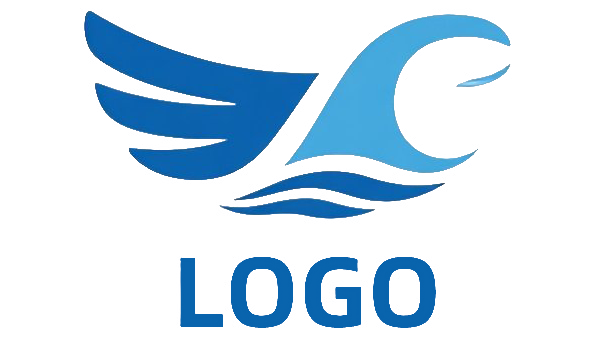경제적 효율성을 극대화(암모니아 레벨화 비용, LCOA 최소화)하려면 다음이 필요한 경우가 많음을 보여줍니다. 간헐적 재생 에너지 축소메트릭을 소개하고 LCOU(평준화된 사용 비용). 재생 간헐성 및 합성 유연성을 고려한 통합 그린 암모니아 플랜트 설계를 위한 프레임워크를 제공합니다.
기존 HB 암모니아 플랜트를 다음과 같이 운영하도록 변환하는 것을 평가합니다. 친환경 수소PEM 및 SOEC 전해조 등의 경로 평가 및 전기화학적 질소 환원(e-NRR). 강조 탈탄소화 잠재력에너지 시스템 시너지 효과, 확장성 및 도입에 있어 중요한 과제에 대해 알아보세요.
전체 전력-암모니아 플랜트 레이아웃재생 에너지 발전, 수소/질소 공급, 합성 및 저장. 하이라이트 유연한 운영 전략에너지 저장 최적화, HB 합성에서의 부하 증가, 이탈리아 사례 연구의 비용 민감도 분석(2050년 비용 가정 하에서 최적 LCOA ≈ 0.59 USD/kgNH₃)을 통해 확인할 수 있습니다.
이 오픈 액세스 연구는 다음을 벤치마킹합니다. 알칼리성 전기분해(AEC) vs. 고체 산화물 전기분해(SOEC) 하버보쉬 루프와 직접 통합되었습니다. 시스템 통합에 중점을 둡니다, 열 회수 전략, 공정 강화 및 기술 경제 예측을 통해 미래의 친환경 암모니아 비용(SOEC 통합 시 2050년까지 약 495유로/t)을 추정합니다.





